"Display and Art History: The Dusseldorf Gallery and Its Catalogue" @ the Getty Research Institute at the Getty Center
The Quack Doctor, Düsseldorf, ca. 1768–ca. 1775. Jean-Victor Frédou de la Bretonnière (French, b. 1735) After Gerrit Dou (Dutch, 1613–1675) Red chalk, graphite, pen, and ink. Getty Research Institute (870670).
LOS ANGELES, CA.- Display and Art History: The Düsseldorf Gallery and Its Catalogue illustrates the making of one of the earliest modern catalogues, La galerie électorale de Dusseldorff (1778), a revolutionary two-volume publication that played a significant role in the history of museums and helped mark the transition from the Baroque to the Enlightenment.
Constructed by Elector Palatine Johann Wilhelm II von der Pfalz between 1709 and 1714, the Düsseldorf gallery is an early example of exhibiting an art collection in a nonresidential structure. It charted the course toward what would eventually become the institution of the public museum. The Düsseldorf gallery featured a new system of display in which the arrangement of objects was determined by art historical principles such as style and school, rather than subject. Published in the second half of the eighteenth century, the Düsseldorf catalogue represented this new display in numerous etchings; the accompanying text sought to educate a broader circle of readers.
Display and Art History: The Düsseldorf Gallery and Its Catalogue, on view at the Getty Research Institute at the Getty Center from May 31 through August 21, 2011, showcases the exquisite watercolors, red chalk drawings, and architectural elevations that were used to produce this revolutionary catalogue. The exhibition explores their role in the printmaking process and underscores their value as precious works of art created by accomplished draftsmen.
“We are most fortunate to have an almost complete set of preparatory drawings in our archives, which allows for the reconstruction of this ambitious enterprise and reflects a pivotal moment in the history of art as well as the history of the art museum,” says Thomas Gaehtgens, Director of the Getty Research Institute.
Prince-elector Johann Wilhelm II assembled one of the most important European art collections of the eighteenth century. He constructed a gallery to exhibit his nearly 400 paintings, 46 of which were by Peter Paul Rubens. At the time, many princes were reorganizing their substantial collections in order to convey the message that they not only possessed a wide variety of artistic treasures but were also able to care for them properly and make them available for study.
A generation later, Prince-elector Carl Theodor von der Pfalz, Johann Wilhelm’s nephew and successor, commissioned Lambert Krahe, director of the Düsseldorf Academy and gallery, to rehang the paintings collection following its storage during the Seven Years’ War (1756-63). Krahe broke with the Baroque tradition of decoratively covering entire walls with paintings. Instead, he displayed the paintings in a didactic, symmetrical arrangement ordered by schools, thus introducing a completely new and modern system of organizing art. Rather than hanging paintings frame-to-frame, Krahe integrated space between them, preserving their identity as separate works of art. This new display encouraged viewers to draw comparisons.
The Düsseldorf catalogue similarly fostered learning and education, in addition to celebrating the prestige of the collector. Produced by court architect Nicolas de Pigage, printmaker Christian von Mechel, and linguist Jean-Charles Laveaux, the catalogue illustrates Krahe’s display of paintings on the gallery walls. Unlike earlier catalogues that only provided brief inventories, Pigage’s publication offers an analysis of each painting that was aimed at an educated public.
“In this sense, the catalog was very much a work of the Enlightenment, and the princely gallery, accessible to interested visitors, became more like a museum as we understand it today,” says Gaehtgens.
Louis Marchesano, the GRI’s Curator of Prints and Drawings, adds,”The catalogue no longer simply represented princely magnificence; it now also fostered aesthetic reflection and art historical education.”
Display and Art History is co-curated by Thomas Gaehtgens, Director of the Getty Research Institute, and Louis Marchesano, the GRI’s Curator of Prints and Drawings. They also co-authored an accompanying book, Display and Art History: The Düsseldorf Gallery and Its Catalogue.
View of a Dealer’s Picture Gallery Düsseldorf, ca. 1768–ca. 1775. Jean-Victor Frédou de la Bretonnière (French, b. 1735) After Wilhelm Schubert van Ehrenberg (Flemish, 1637–ca.1676) Wash, graphite, pen, and ink. Getty Research Institute (870670).

/https%3A%2F%2Fprofilepics.canalblog.com%2Fprofilepics%2F1%2F0%2F100183.jpg)


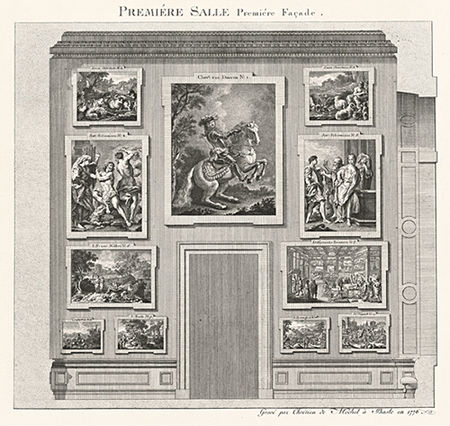

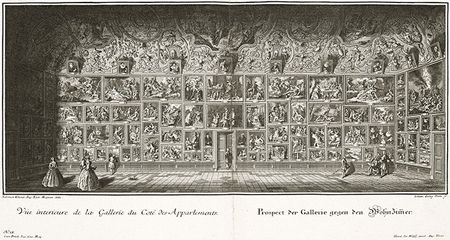

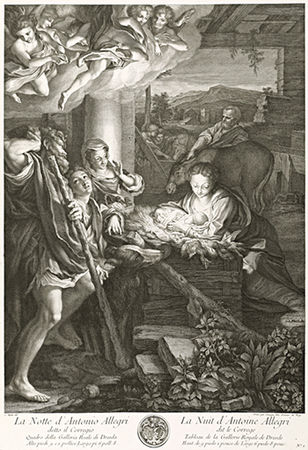
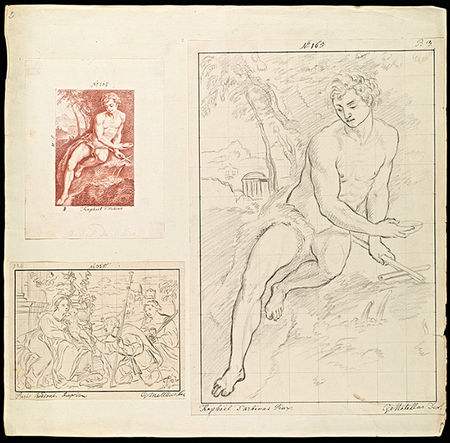
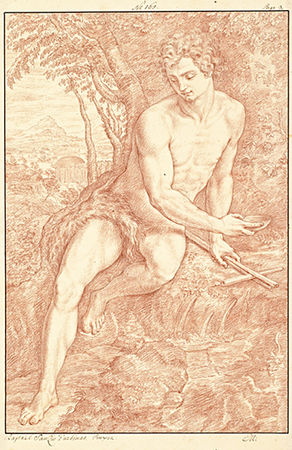


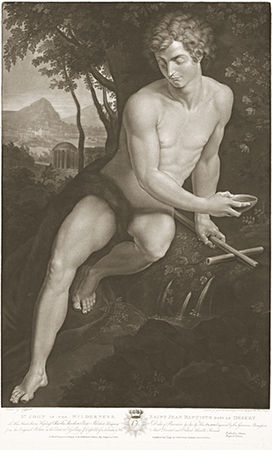

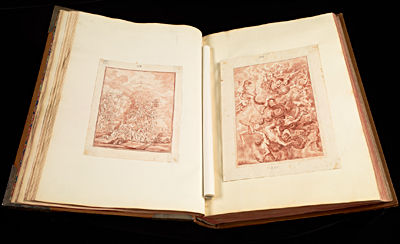


/http%3A%2F%2Fp9.storage.canalblog.com%2F92%2F51%2F119589%2F98216442.jpg)
/https%3A%2F%2Fassets.over-blog.com%2Ft%2Fcedistic%2Fcamera.png)
/https%3A%2F%2Fstorage.canalblog.com%2F77%2F60%2F577050%2F66527770_o.jpg)
/https%3A%2F%2Fstorage.canalblog.com%2F91%2F69%2F577050%2F66524735_o.jpg)